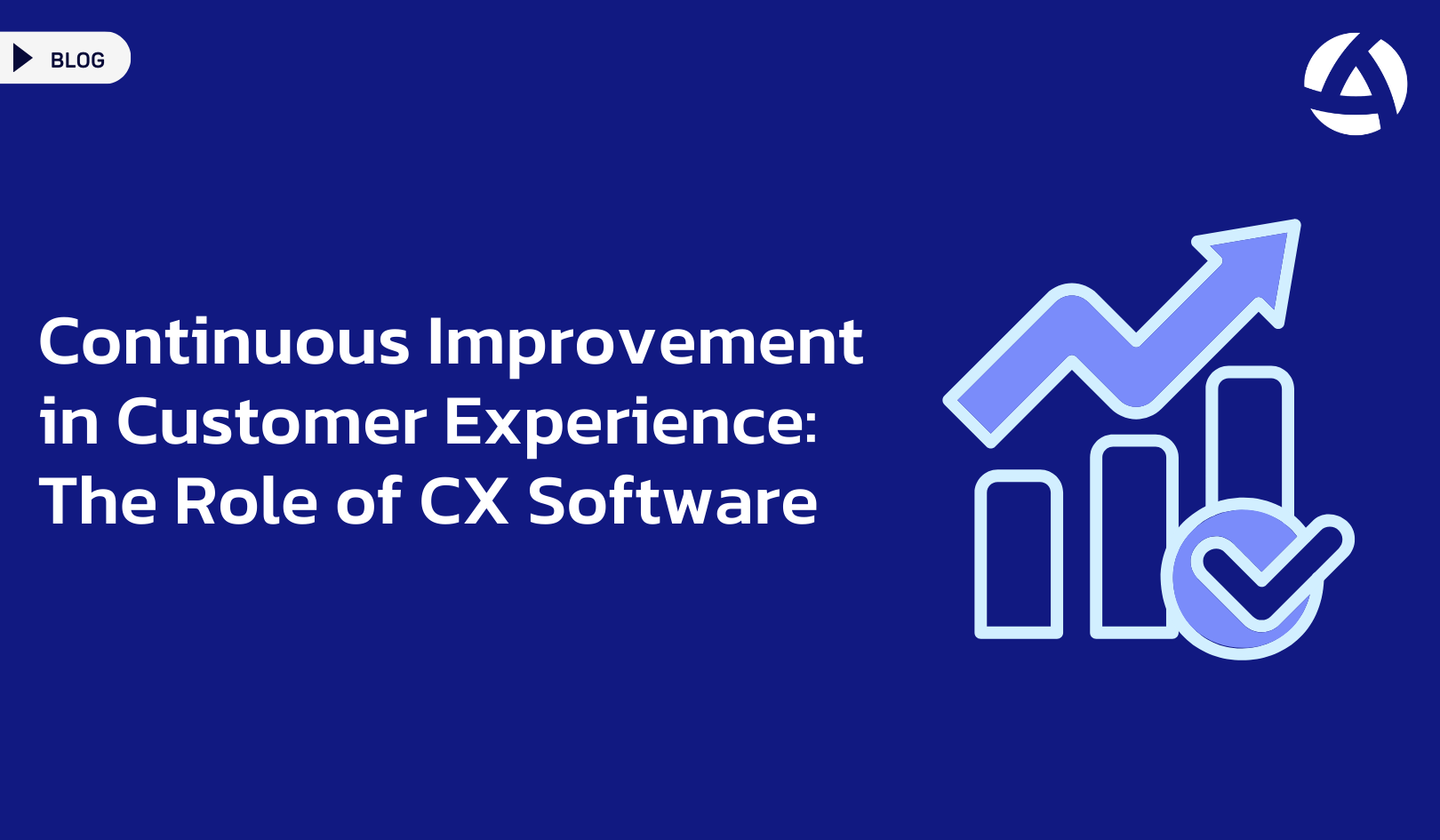Optimizing customer satisfaction is a priority for businesses aiming to stand out in a competitive market. A powerful CX platform can be the cornerstone of this endeavor, offering a unified solution to manage customer interactions, gather insights, and implement improvements. This blog post explores how a CX platform can elevate customer satisfaction through seamless integration and strategic use.
Understanding the Power of a CX Platform
A CX platform integrates various customer touchpoints and data sources into a cohesive system. This integration enables businesses to:
- Centralize Customer Data: Gather all customer interactions, feedback, and behavior in one place.
- Analyze Insights: Use advanced analytics to identify trends and areas for improvement.
- Implement Strategies: Deploy targeted strategies to enhance the customer experience based on real-time data.
Benefits of Seamless Integration
Seamless integration is one of the primary strengths of a customer experience platform. It brings together disparate systems and data sources, allowing for a more comprehensive understanding of the customer journey. Key benefits include:
- Improved Efficiency:
- Streamlined processes reduce the need for manual data entry.
- Automated workflows ensure timely responses to customer inquiries.
- Enhanced Customer Insights:
- Consolidated data provides a 360-degree view of the customer.
- Detailed analytics help identify pain points and areas for improvement.
- Consistent Customer Experience:
- Uniform interactions across all channels enhance customer trust and satisfaction.
- Personalization is made easier with integrated data.
Implementing a CX Platform for Better Customer Satisfaction
To effectively implement a CX platform, businesses should follow these steps:
- Identify Key Touchpoints: Determine the critical points of interaction with customers, such as social media, email, and in-store visits.
- Integrate Data Sources: Ensure all relevant data sources are connected to the CX platform for a unified view.
- Leverage Analytics: Utilize the platform’s analytics capabilities to gain insights and make data-driven decisions.
- Personalize Interactions: Use customer data to tailor interactions and provide a personalized experience.
Best Practices for Using a CX Platform
To maximize the benefits of a CX platform, consider the following best practices:
- Engage Stakeholders: Involve key stakeholders in the implementation process to ensure buy-in and smooth adoption.
- Continuous Training: Provide ongoing training to staff to keep them updated on the platform’s features and capabilities.
- Set Clear Objectives: Define clear goals for what you aim to achieve with the CX platform, such as increased customer satisfaction or reduced churn.
Future-Proofing with AI and Machine Learning
The rise of AI and machine learning is transforming how businesses interact with customers. Integrating these technologies into a customer experience platform can further enhance its capabilities:
- Predictive Analytics: Use AI to forecast customer behavior and trends.
- Automated Responses: Implement chatbots and virtual assistants for instant customer support.
- Advanced Personalization: Leverage machine learning to offer highly personalized recommendations and solutions.
Conclusion
A robust CX platform is indispensable for businesses aiming to elevate customer satisfaction. By integrating various customer touchpoints and leveraging advanced analytics, businesses can gain a comprehensive understanding of the customer journey and implement targeted strategies to enhance the experience. Embracing the latest technologies, such as AI and machine learning, further ensures that businesses stay ahead in the competitive landscape, offering unparalleled customer satisfaction and loyalty.
Investing in a customer experience platform not only streamlines operations but also fosters a deeper connection with customers, driving long-term success and growth.




